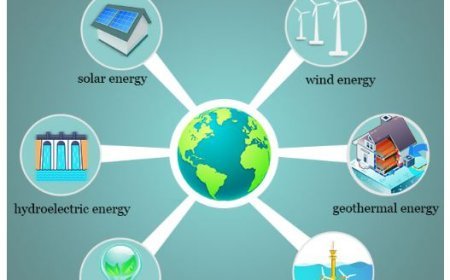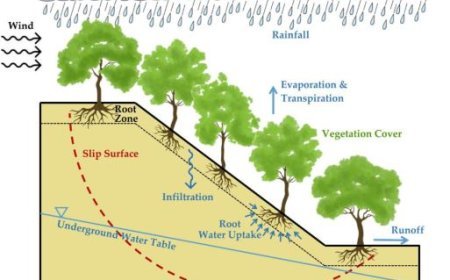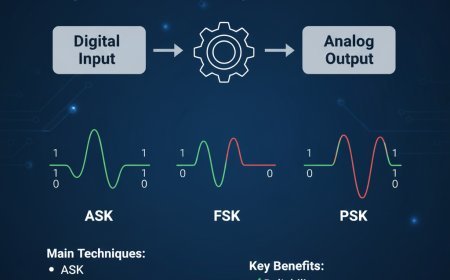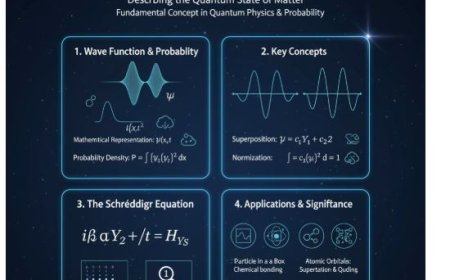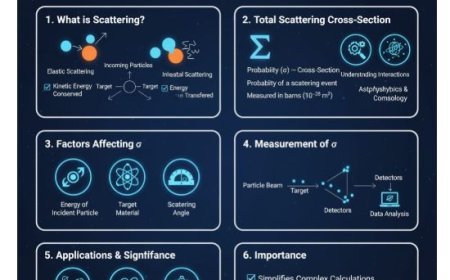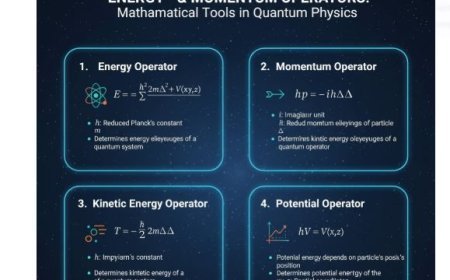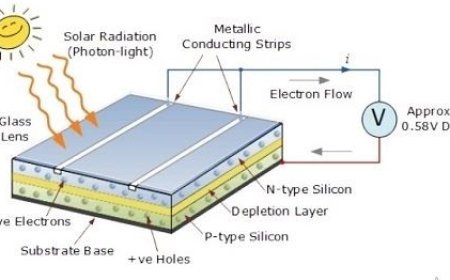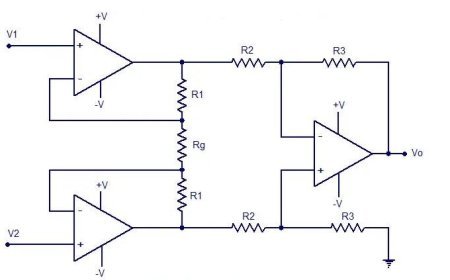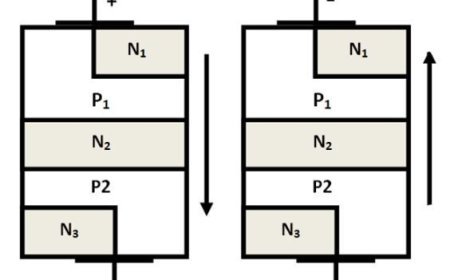Lande's "g" Factor, LS-JJ Coupling Schemes
Learn how Lande’s g-factor defines atomic magnetic moments and why LS and JJ coupling schemes are essential for understanding total angular momentum in atoms. Explore how these quantum models explain electron interactions, magnetic splitting, and spectral structure, especially in light vs. heavy atoms.
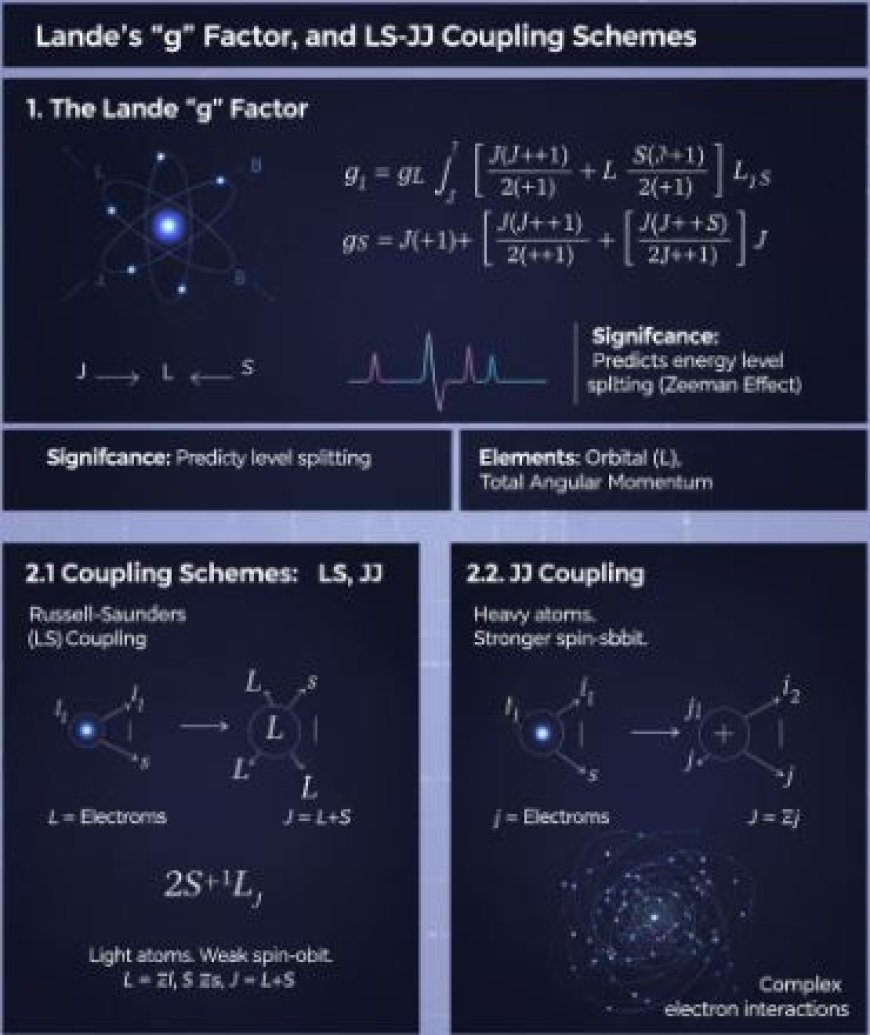
Lande's "g" Factor, LS-JJ Coupling Schemes
- Understanding electron behavior within atoms is crucial in atomic physics.
- The Lande "g" factor and the LS-JJ coupling techniques are two fundamental concepts in this field.
1. The Lande "G" Factor
1.1 Lande's "G" Factor
The Lande "g" factor is a numerical value describing an electron's magnetic moment within an atom. It is critical to understanding how atoms interact with magnetic fields.
1.2 Significance of the Lande "g" Factor
- The Lande "g" factor determines atoms' magnetic moments, which is useful for analyzing their behavior under external magnetic fields.
- Spectroscopy predicts energy level splitting in atoms and quantum systems caused by magnetic fields (Zeeman Effect).
1.3 A Formula for Lande's "g" Factor
- The equation is:
- The orbital g-factor (g_L) is typically equal to one.
- The spin g-factor (g_S) is roughly equal to two.
- J, L, and S represent total, orbital, and spin angular momentum, respectively.
1.4 Elements of Lande's "g" Factor
- Orbital Angular Momentum (L): Describes an electron's journey around the nucleus.
- Spin Angular Momentum (S): Denotes the electron's intrinsic rotation.
- Total Angular Momentum (J): The sum of orbital and spin angular momentum.
2. Coupling Schemes: LS, JJ
The total angular momentum of several electrons can be estimated in a variety of ways, depending on their interactions. Two fundamental coupling systems are used: LS coupling (Russell-Saunders coupling) and JJ coupling.
2.1 Russell–Saunders (LS) Coupling
2.1.1 Definition
- LS coupling generates an overall angular momentum (J) by combining the electrons' total orbital angular momentum (L) and total spin angular momentum (S).
2.1.2 Characteristics
- This approach works well for light atoms with weak spin-orbit interactions.
- Atomic system states are denoted by term symbols
- S represents total spin.
- L represents orbital angular momentum.
- J represents total angular momentum.
2.1.3 Example
- For a carbon atom with four electrons in a given configuration (such as the ground state), you would:
- First compute the total spin (S) and total orbital angular momentum (L).
- Then use these to determine (J).
2.2 JJ Coupling
2.2.1 Definition
- JJ coupling combines each electron’s total angular momentum (j), including both spin and orbital contributions, to produce total angular momentum.
2.2.2 Characteristics
- This method is more suitable for heavier atoms since they have stronger spin-orbit coupling.
- Complex electron interactions produce many configurations and energy levels.
2.2.3 Example
- Consider the atom Lead. JJ coupling occurs when electron spins and orbital motions interact, leading to a better understanding of the material’s energy and magnetic characteristics.
What's Your Reaction?









